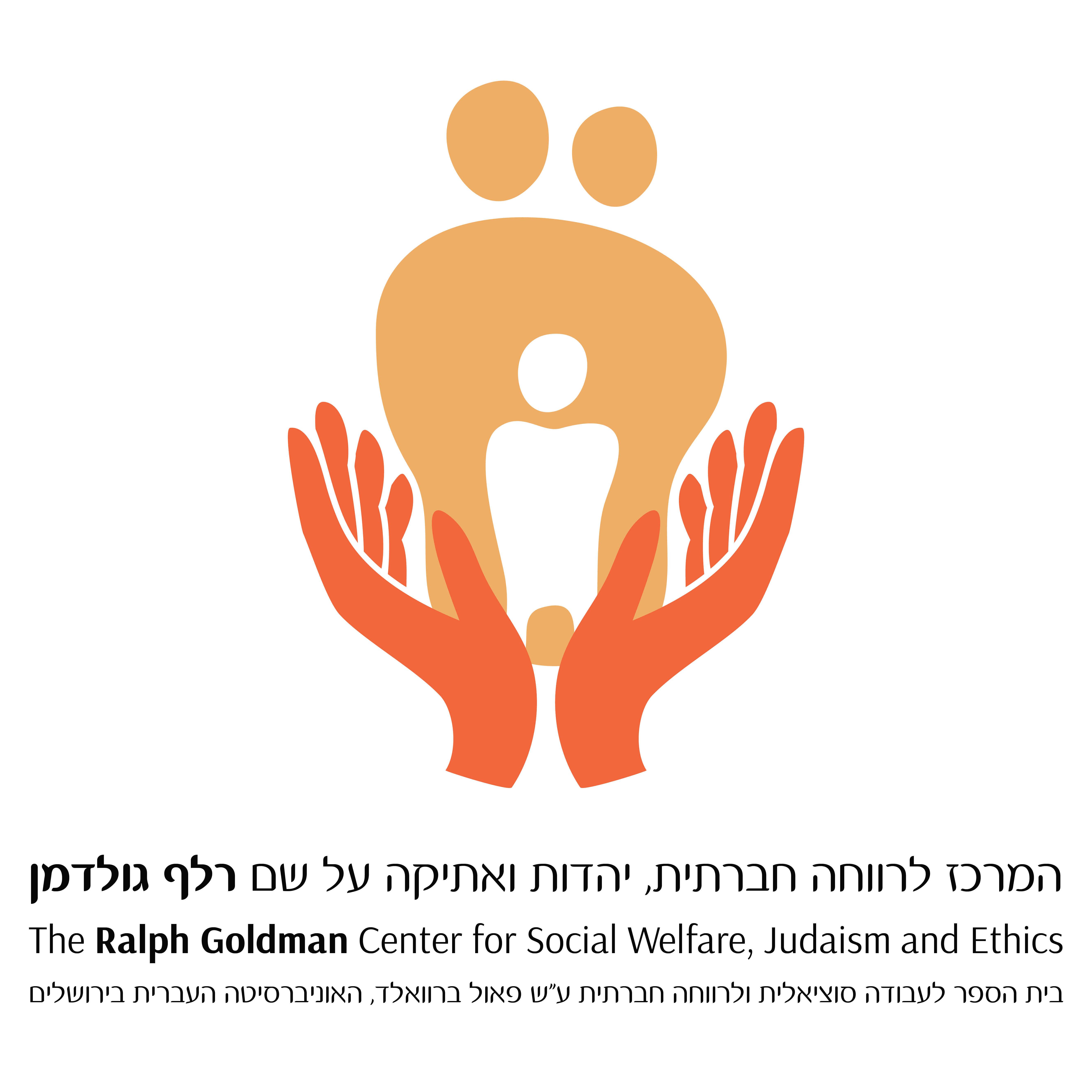Lightman E. S. & Shor R. (2002). Askanim: Informal helpers and cultural brokers as a bridge to secular helpers for the Ultra-Orthodox Jewish communities of Israel and Canada. Families in Society, 83(3), 315-324
Within closed communities there can be scarcity of resources to deal with severe individual or family difficulties when they arise. In addition, the communities’ closed boundaries may create barriers that prevent social services in the broader society from providing needed help. A model that attempts to overcome such barriers was examined in a qualitative study of 21 informal helpers known as askanim in ultra-Orthodox Jewish communities in Canada and Israel. The findings highlight that askanim can play a key role in attempting to resolve problems internally within the community; should this fail, they can then serve as a bridge to the social services in the broader society. In both countries, professionals may approach them if they lack credibility, legitimacy, or information needed to assist families and children within a closed community. This model of collaboration that recognizes the limitations of professionals and the complementary role that resources from the community may have can potentially be applied to work with families and children in other closed communities as well.
_____
Cnaan R. A. & Seognsho A. (2018). Even priceless has to have a number: Congregational halo effect. Journal of Management, Spirituality and Religion, 15(1), 64-81.
The value that religious congregations provide to their urban communities was never challenged yet never fully assessed. Using the methodology of valuation, we attempted to provide a monetary value to the contributions of such congregations. We divided the studied contributions to six key area and discuss the meaning of each such contribution. Based on empirical work in three US cities (N = 90), we assess the monetary value of these congregations to their respective urban ecologies. Using variety of methods, we assess that such annual per congregation contribution spanned between $1,269,780 and $2,511,376. We then, analyze what is any of the congregational characteristics explain overall contribution as well within the six main categories. We also discuss area not studied in which congregations support their communities, discuss our limitations, and offer directions for new research as well as policy implications.
_____
McGrew C. C. & Cnaan R. A. (2006). Finding congregations: Developing conceptual clarity in the study of faith-based social services. Journal of Religion & Spirituality in Social Work: Social Thought,25(3-4), 19-37
The need to assess the effectiveness of faith-based social interventions is pressing. On the one hand, politicians and pundits claim that faith-based organizations are impressively successful and inexpensive. On the other hand, critics claim that faith-based organizations lack the capacity to carry out social services. However, rigorously-collected empirical data is just beginning to appear and is still in short supply, particularly congregations. In this paper, we discuss some critical methodological and conceptual problems that arise from years of academic neglect of faith-based social service provision. We demonstrate how our attempt to create a comprehensive account of congregation-based social services in Philadelphia necessitated defining even such basic terms as "congregation" and devising novel methods for identifying and gathering information from congregations.
_____
Cnaan R. A.. Boddie S. C. & Kang J. J. (2005) Religious congregations as social services providers for older adults. Journal of Gerontological Social Work, 45(1-2), 105-130
A large proportion of older adults are affiliated with congregations. The literature suggests that, in general, religious participation among the older adults enhances their quality of life and provides a network of social care. In this article, we explored the relevant literature on organized religion and social support for older adults. Based on a census study of congregations in Philadelphia (N = 1,393), we documented the following: (1) the number of congregations serving older adults, (2) the types of services provided, and (3) the number of beneficiaries. The study also identified the organizational factors that predict the provision of congregation-based services for older adults. The findings suggest that serving older adults is not a top priority for most congregations. Most senior programs are small and often informal. Approximately half (48%) of the congregations do not provide a formal social service. However, those congregations that are more likely to serve older adults have larger budgets, more members over 65-years-old, and a moderate political orientation. We recommend that congregations, social service providers, and older adults explore ways to maximize this underutilized resource of congregational services to meet the needs of the increasing number of older adults.
_____
Cnaan R. A., Sinha J. W., McGrew C. C. (2004). Congregations as social service providers: Services, capacity, culture and organizational behavior. Administration in Social Work, 28(3-4), 47-68
Social welfare is traditionally discussed as a mixture of public, private, communal, and familial enterprise. Indeed, most textbooks and programs focus on the changing balance between these four circles of care. In the United States, a fifth and recently prominent circle of care exists and plays a major role, namely congregation-based social service provision. In this article, we first explain why faith-based care is so paramount in the United States, including a short discussion about the political developments in faith-based efforts. We then show the scope of congregational involvement in social service provision based on a large study of congregations. The rest of the article is dedicated to key administrative challenges regarding this mode of social service provision with a focus on their capacity, cultural characteristics, and organizational behavior. The latter topic is divided between start-up of new projects by congregations and issues related to running social programs in congregational settings. We conclude with a summary and discussion about the place of congregations as social service providers in the American welfare arena.

